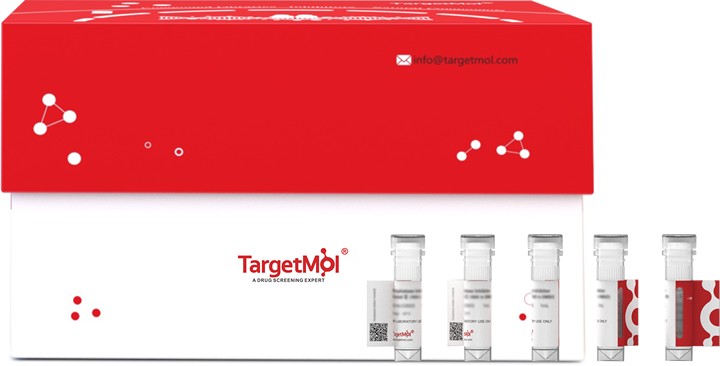购物车
全部删除  您的购物车当前为空
您的购物车当前为空
别名 tumor necrosis factor receptor superfamily, member 21, TR7, R74815, DR6, AA959878
DR6 Protein, Mouse, Recombinant (His) is expressed in HEK293 mammalian cells with His tag. The predicted molecular weight is 34.4 kDa and the accession number is Q9EPU5.

DR6 Protein, Mouse, Recombinant (His) is expressed in HEK293 mammalian cells with His tag. The predicted molecular weight is 34.4 kDa and the accession number is Q9EPU5.
| 规格 | 价格 | 库存 | 数量 |
|---|---|---|---|
| 5 μg | ¥ 428 | 6-8日内发货 | |
| 10 μg | ¥ 683 | 6-8日内发货 | |
| 20 μg | ¥ 1,130 | 5日内发货 | |
| 50 μg | ¥ 2,270 | 5日内发货 | |
| 100 μg | ¥ 4,430 | 5日内发货 | |
| 200 μg | ¥ 6,730 | 5日内发货 | |
| 500 μg | ¥ 13,800 | 5日内发货 | |
| 1 mg | ¥ 28,800 | 5日内发货 |
| 产品描述 | DR6 Protein, Mouse, Recombinant (His) is expressed in HEK293 mammalian cells with His tag. The predicted molecular weight is 34.4 kDa and the accession number is Q9EPU5. |
| 生物活性 | Activity testing is not tested. It is theoretically active, but we cannot guarantee it. |
| 研究背景 | beta-amyloid precursor protein (APP) and death receptor 6 (DR6, also known as TNFRSF21) activate a widespread caspase-dependent self-destruction program. DR6 is broadly expressed by developing neurons, and is required for normal cell body death and axonal pruning both in vivo and after trophic-factor deprivation in vitro.DR6 is activated locally by an inactive surface ligand(s) that is released in an active form after trophic-factor deprivation. |
| 种属 | Mouse |
| 表达系统 | HEK293 Cells |
| 标签 | C-His |
| 蛋白编号 | Q9EPU5 |
| 蛋白构建 | Gln42-His349 |
| 蛋白纯度 | > 95% as determined by Tris-Bis PAGE |
| 蛋白性状 | Lyophilized powder |
| 缓冲液 | Lyophilized from 0.22μm filtered solution in PBS (pH 7.4). Normally 8% trehalose is added as protectant before lyophilization. |
| 复溶方法 | Reconstitute the lyophilized protein in distilled water. The product concentration should not be less than 100 μg/ml. Before opening, centrifuge the tube to collect powder at the bottom. After adding the reconstitution buffer, avoid vortexing or pipetting for mixing. |
| 别名 | tumor necrosis factor receptor superfamily, member 21, TR7, R74815, DR6, AA959878 |
| 内毒素 | Less than 1EU per μg by the LAL method. |
| 分子量 | 34.4 kDa (Predicted); 70-80 kDa (Due to glycosylation) |
| 运输方式 | In general, Lyophilized powders are shipping with blue ice. Solutions are shipping with dry ice. |
| 存储 | It is recommended to store recombinant proteins at -20°C to -80°C for future use. Lyophilized powders can be stably stored for over 12 months, while liquid products can be stored for 6-12 months at -80°C. For reconstituted protein solutions, the solution can be stored at -20°C to -80°C for at least 3 months. Please avoid multiple freeze-thaw cycles and store products in aliquots. |
对于不同动物的给药剂量换算,您也可以参考 更多